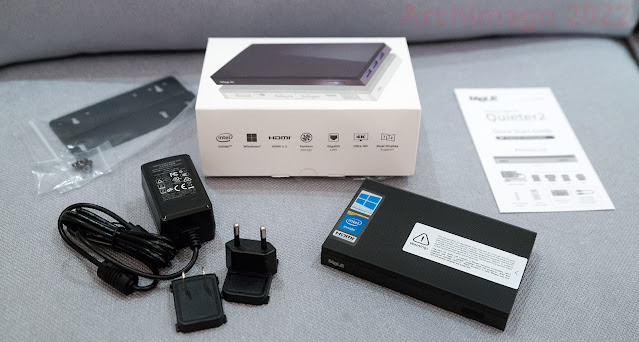Hey folks, a few weeks ago, I mentioned that I've got the little MeLE Quieter2Q Windows 10/11 computer in my sound room these days used as a low-power (<10W) Roon streamer capable of 2.0 and 5.1 multichannel. The computer is relatively powerful for just an audio device handling Roon streams; 8GB DDR4 RAM, a 2.0+GHz turbo Celeron J4125 quad-core CPU is certainly much more than needed just to basically get data from the gigabit ethernet and shove it to USB or HDMI for playback!
It works fantastically also as a little fanless HTPC for movies with 4K video and audio bitstreaming. A tip: K-Lite Codec Pack works very well, it can even play MKV/MKA files with lossless TrueHD-Atmos like the 2019 Beatles Abbey Road BluRay rip which I know will trip up some HDMI hardware.
I mentioned in the previous article that it might be fun to consider utilizing the processing power of the little fanless box for audio. For many Roon users, one way of taking advantage of processing power is by using HQPlayer from Signalyst for high-quality upsampling with digital filtering, and possibly even PCM-to-DSD conversion.



